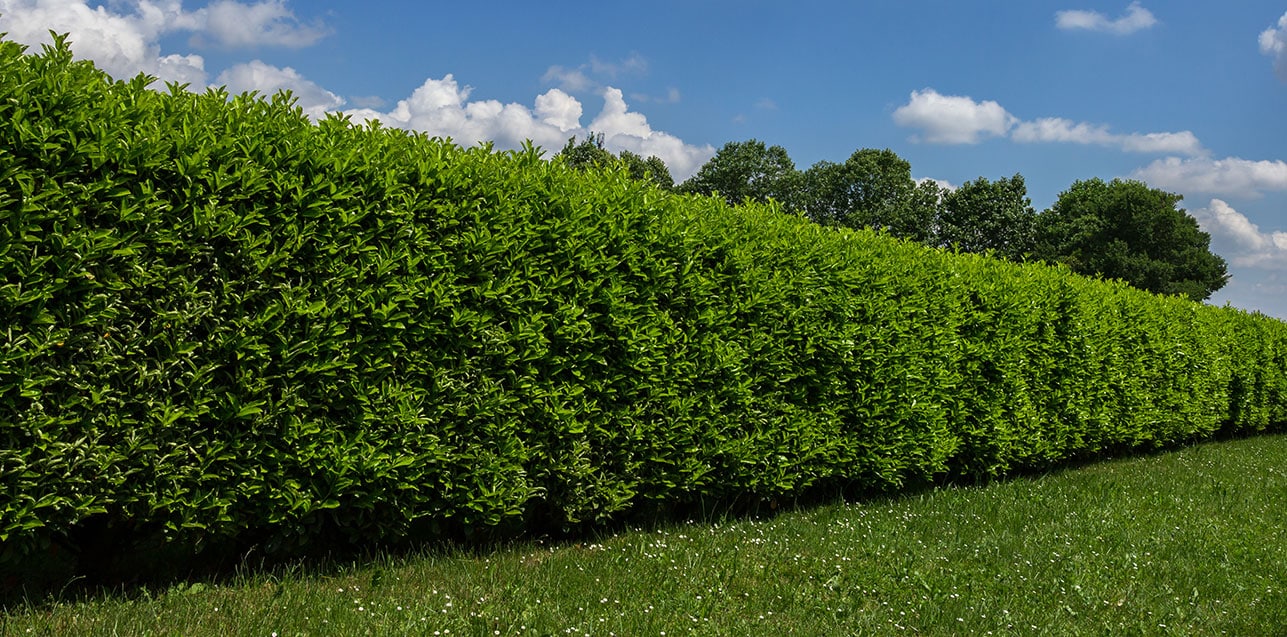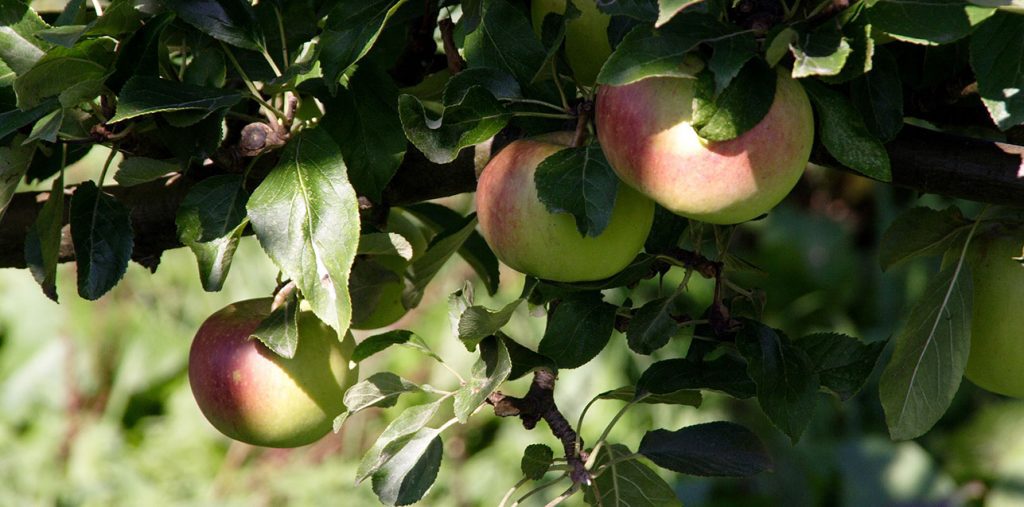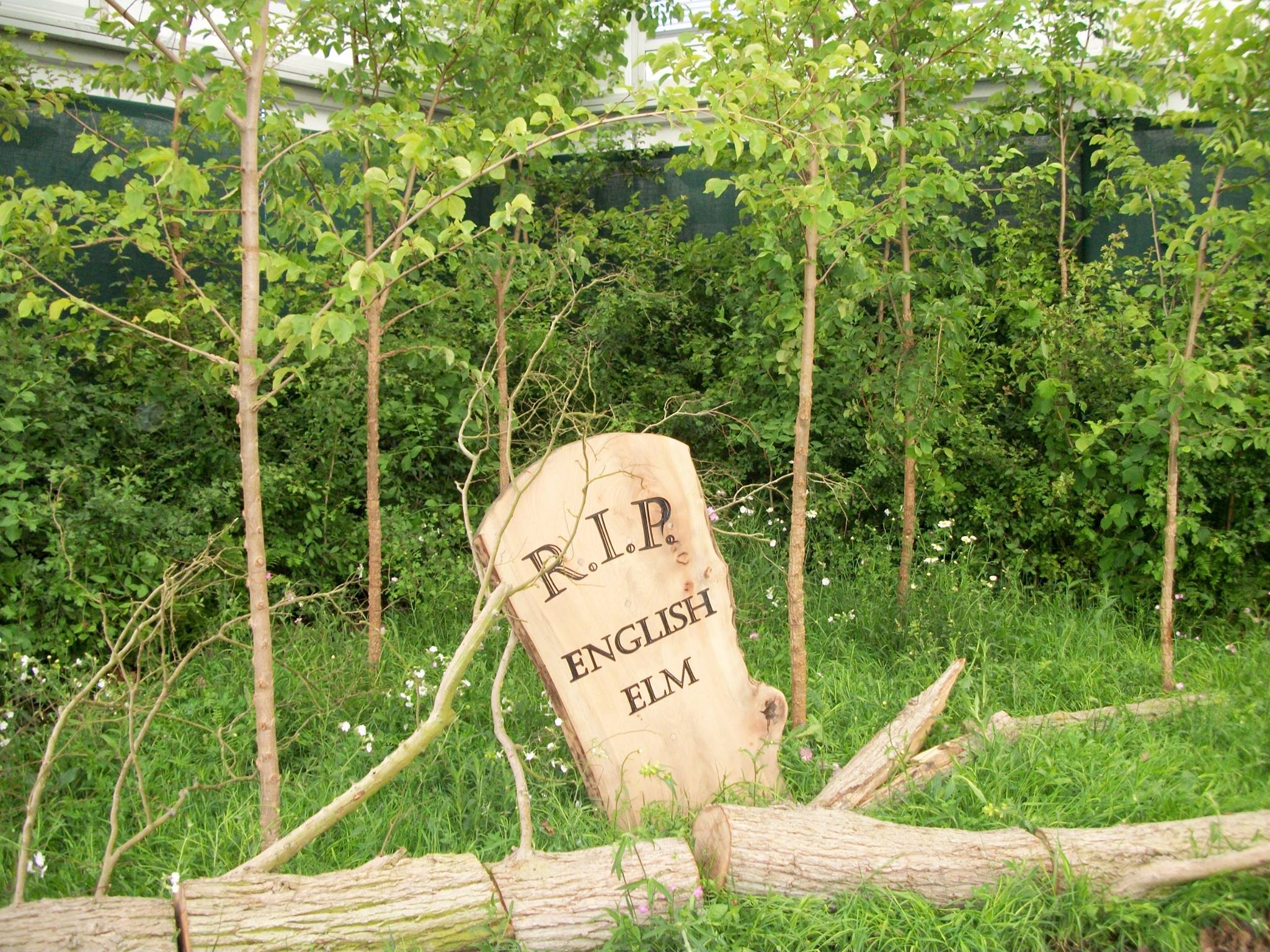Dutch Elm Disease is a destructive fungal infection that targets elm trees. The fungus is transmitted by Elm Bark beetles, which disrupt the tree’s water transport system. This fungus blocks the vascular system (xylem) of the tree, preventing water and nutrients from reaching the branches and leaves. This leads to gradual decline and eventual dieback.
In the 1970s and 1980s, this disease decimated more than 90% of the elm population. This loss was particularly heartbreaking because the majestic English elm was often seen as a cherished symbol of our green and pleasant land.
How did King & Co contribute to restoring the elm tree??
In the 1980s, while clearing out elm trees affected by the disease, Paul King discovered some smooth-leaved elms that appeared unaffected. Curious, he took cuttings from these healthy trees and placed them in a greenhouse. He then forgot about these cuttings for nearly a decade, only to find that both the cuttings and the original trees remained healthy. These cuttings became the foundation for propagating a new batch of disease-resistant English elms. Although these trees aren’t completely immune, they exhibit strong resistance to Dutch Elm Disease and the original trees remain vibrant today.
While King & Co does not currently sell any Elm trees, Paul King shared his discovery story during a 2011 conversation with Alan Titchmarsh at RHS Chelsea. Watch the interview to learn how King & Co has spent over 20 years working to revive the elm and help restore it to our countryside’s natural beauty!






